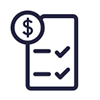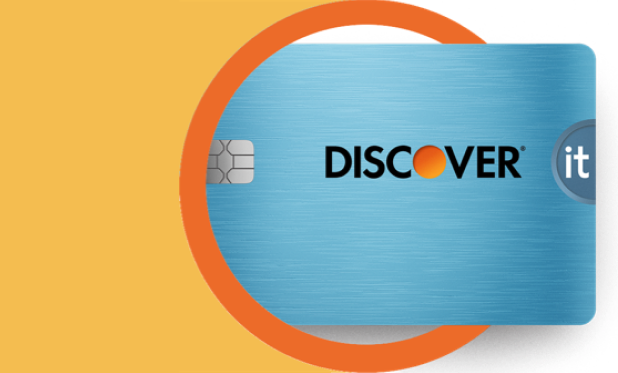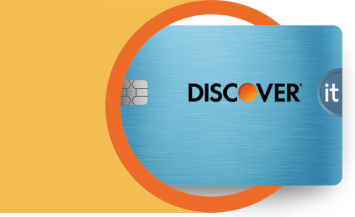If you’re short on cash but need to pay your credit card bill, you may wonder if you can pay your credit card with another credit card. While the short answer is yes, is it a good idea? It depends on a few factors, including the payment method.
There are two ways to pay a credit card with a credit card: a cash advance and a balance transfer. There are pros and cons of each method and alternatives to using one credit card to pay another.

Can You Pay a Credit Card with Another Credit Card?
4 min read
Last Updated: December 3, 2024
Next steps

See if you're pre-approved

View all Discover credit cards
See rates, rewards and other info
You may also be interested in
Was this article helpful?
Was this article helpful?
Back to article
Expand
-
Legal Disclaimer: This site is for educational purposes and is not a substitute for professional advice. The material on this site is not intended to provide legal, investment, or financial advice and does not indicate the availability of any Discover product or service. It does not guarantee that Discover offers or endorses a product or service. For specific advice about your unique circumstances, you may wish to consult a qualified professional.


